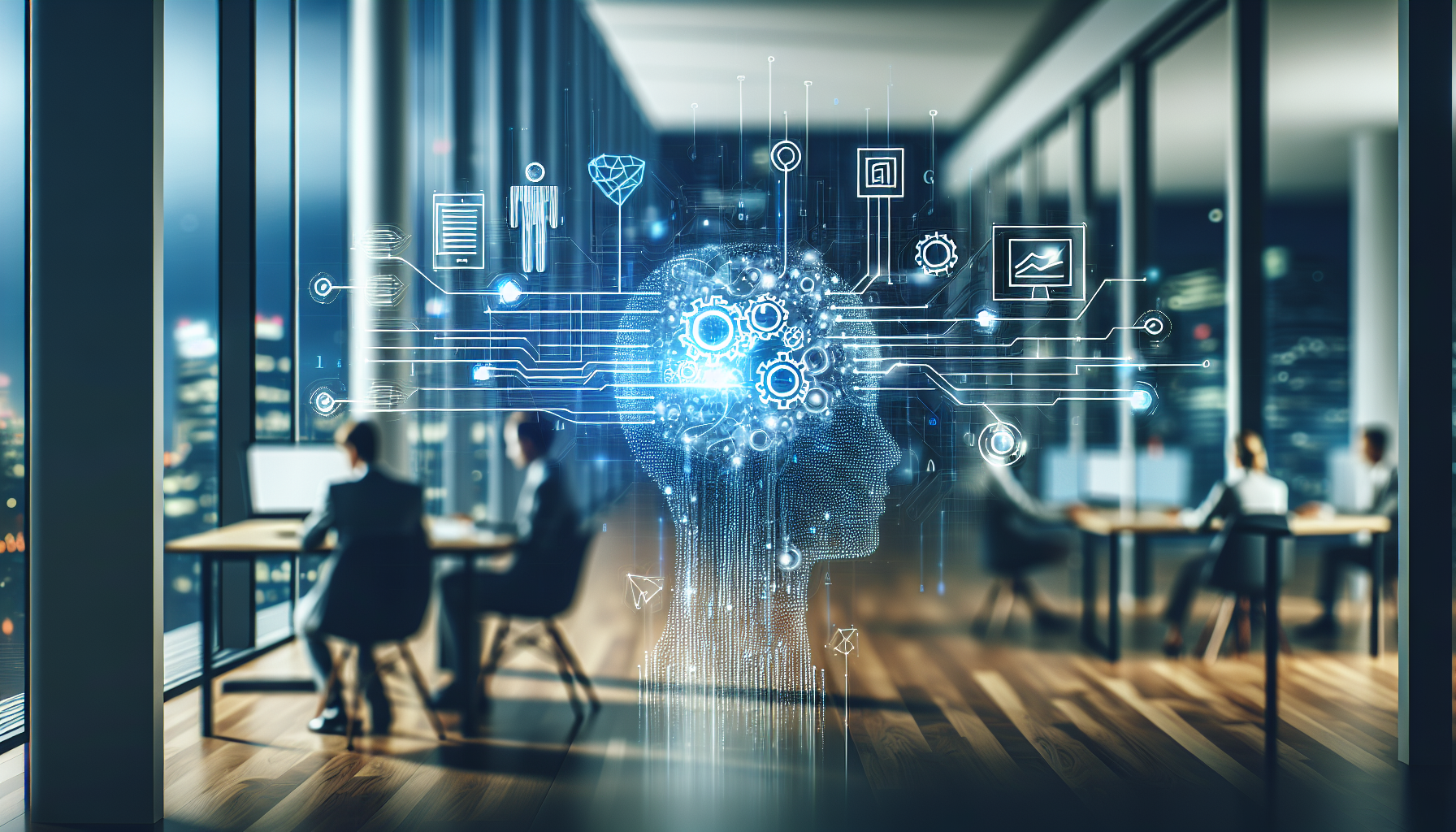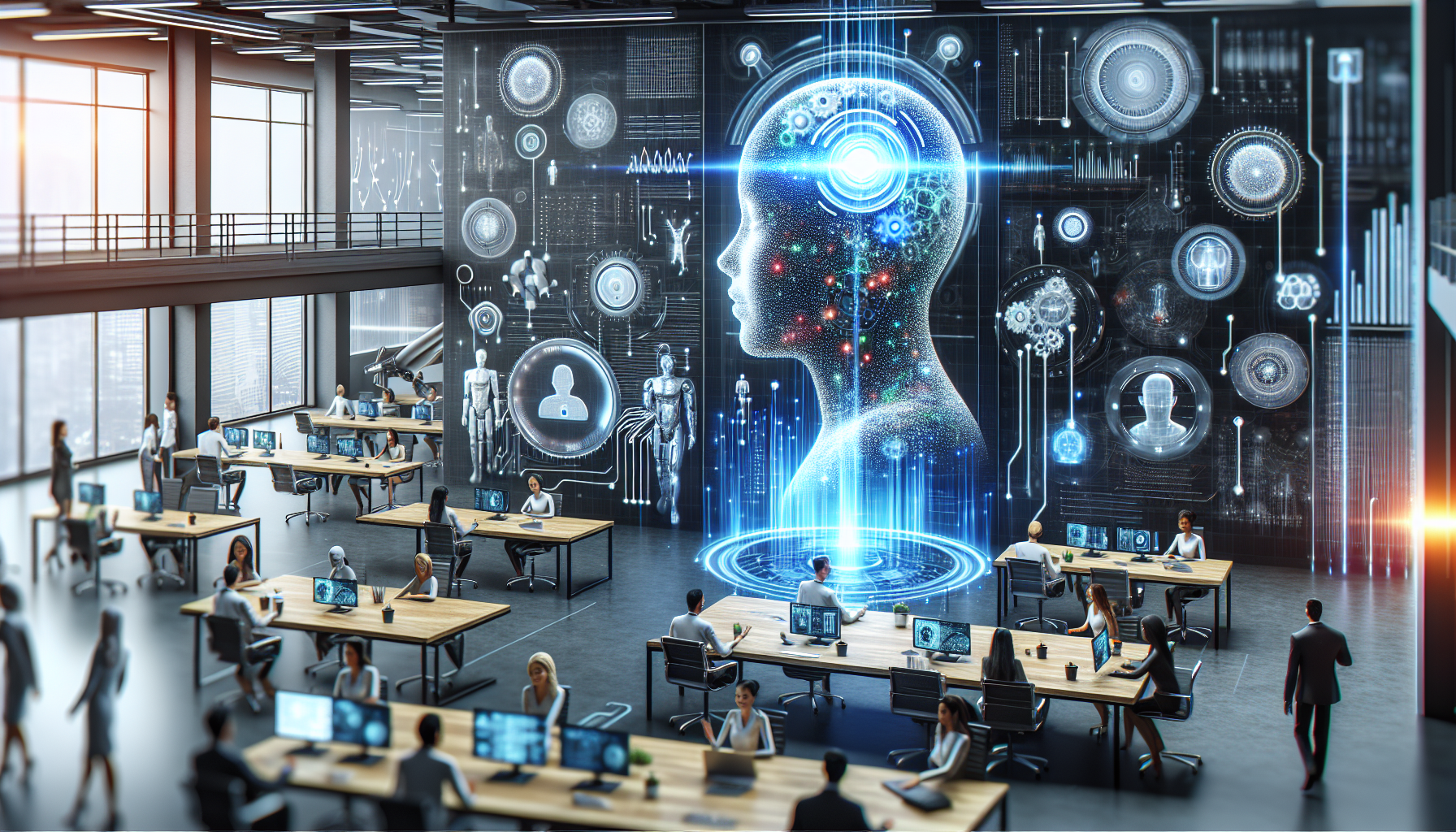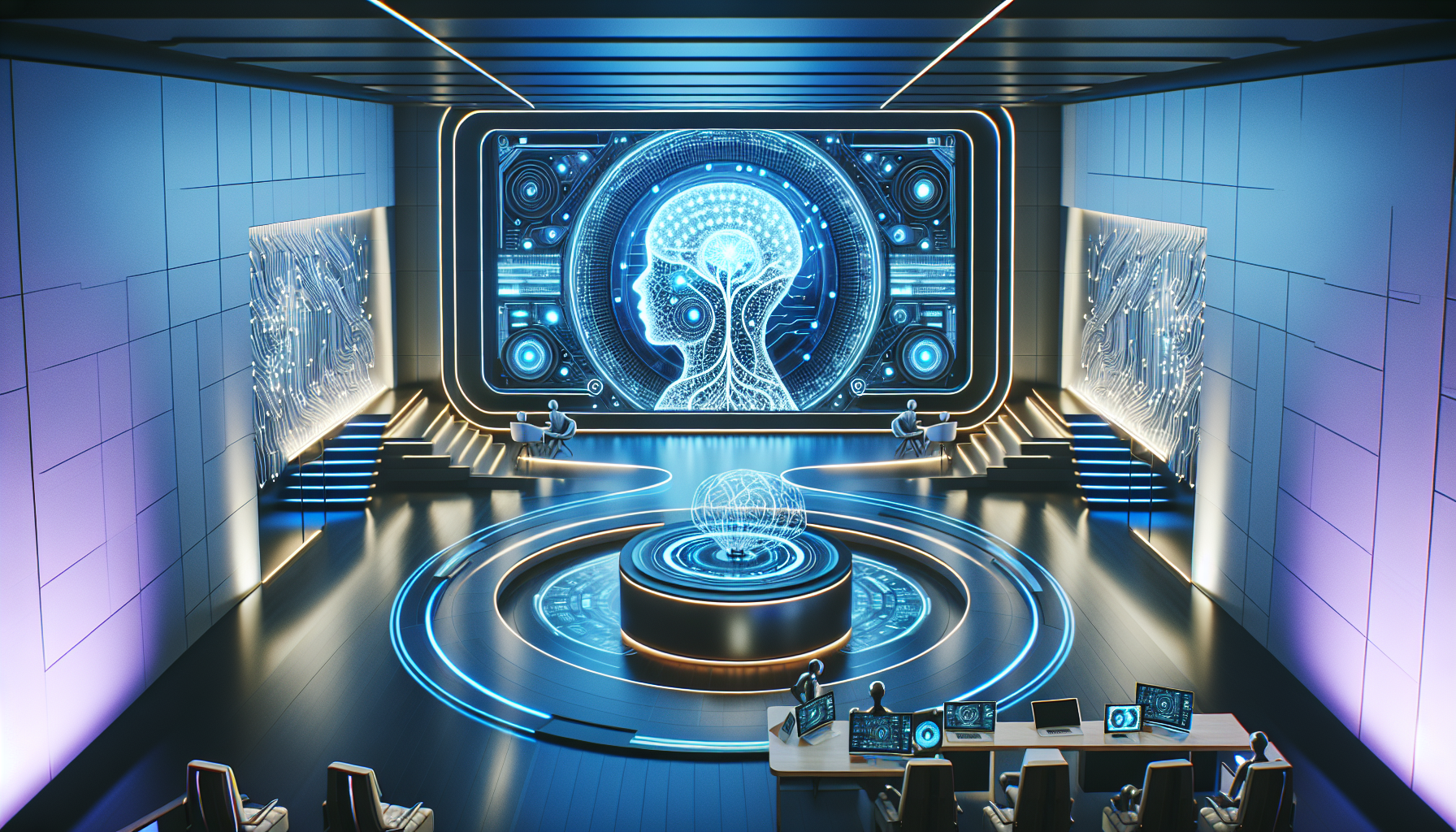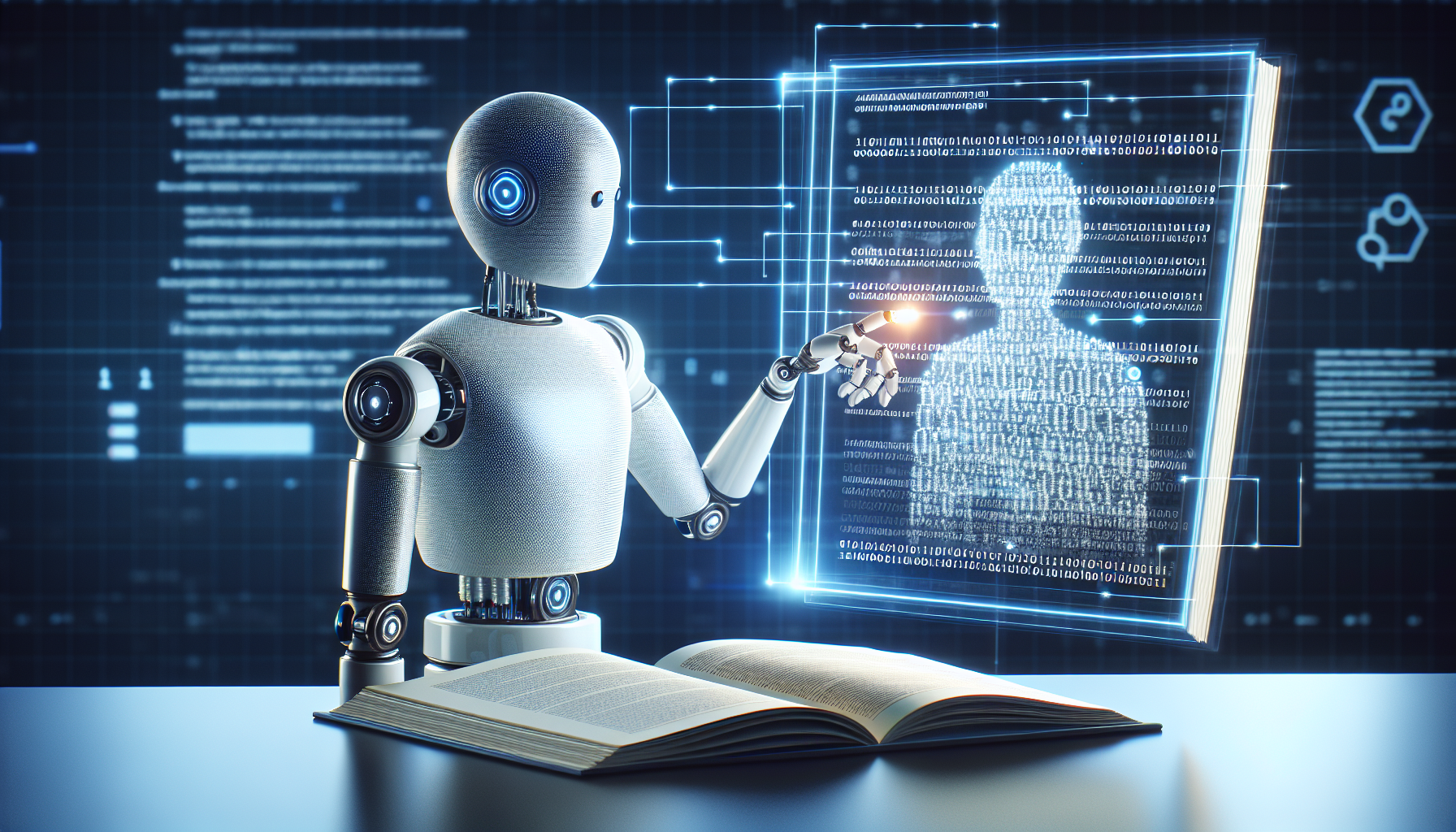
AI and the Artistic Renaissance: How Intelligence Is Crafting Creativity
July 17, 2025
Art and creativity have always been the domain of human endeavor, with their roots deeply embedded in our history, culture, and individual expression. Yet, in an age where artificial intelligence is redefining boundaries, a new renaissance is unfolding. AI is not merely a tool but an active participant, influencing and transforming the artistic landscape in ways that both surprise and inspire.
Imagine an algorithm composing symphonies or a neural network painting canvases filled with unexpected elegance. These are not mere hypotheticals; they are the present reality. AI is engaging with art in profoundly innovative ways, blurring the lines between human and machine, creator and creation. This fusion is creating a trend that speaks to the evolving nature of creativity, inviting us to reconsider what art can be.
AI's influence on art is multifaceted, starting with its role as a collaborator in the creative process. Artists now use AI to generate new ideas, explore uncharted territories, and break free from traditional constraints. For instance, machine learning algorithms can analyze thousands of artworks, identifying patterns and styles that can inspire artists to take their work in fresh directions. This partnership between human intuition and machine logic is crafting a new genre of art that challenges conventional norms.
One fascinating development is the emergence of AI-generated art, which raises intriguing questions about authorship and originality. Can a machine-produced piece hold the same emotional depth and authenticity as one crafted by a human hand? While opinions vary, the growing acceptance and enthusiasm for AI art suggest that audiences are embracing these creations for their novelty and thought-provoking nature.
AI is not only shaping the art itself but also revolutionizing the way it is experienced. Virtual reality and augmented reality, powered by AI, are transforming galleries and museums, offering immersive experiences that engage audiences on a sensory level. These technologies enable viewers to interact with art in dynamic ways, creating personal and memorable encounters. By allowing people to step inside a painting or explore a sculpture from multiple perspectives, AI is making art more accessible and engaging than ever before.
Furthermore, AI is democratizing creativity by making sophisticated tools available to a wider audience. Platforms that integrate AI technology are allowing individuals without formal training to experiment with artistic expression. From digital painting apps to music composition software, AI-driven tools are empowering budding creators to unleash their potential and contribute to the artistic dialogue. This inclusivity is nurturing a vibrant ecosystem where diverse voices can flourish.
The business of art is also feeling the impact of AI. Galleries and collectors are using AI to predict art trends, assess the value of artworks, and curate collections that resonate with contemporary tastes. By analyzing vast amounts of data, AI can identify emerging artists and movements, offering insights that were previously unattainable. This data-driven approach is not only enhancing the appreciation of art but also ensuring its sustainability in a rapidly changing market.
Yet, amidst these advancements, one might wonder: does AI diminish the human element in art? On the contrary, AI is amplifying human creativity by providing new tools and perspectives. It is not replacing the artist but expanding their capabilities, allowing for a fusion of technology and emotion that enriches the artistic experience. In this collaboration, the artist remains at the helm, steering the creative journey with insights that only a human mind can conceive.
As AI continues to evolve, its influence on art and creativity will undoubtedly deepen, sparking new debates and inspiring future generations of artists. This intersection of technology and artistry presents an opportunity to explore the depths of human imagination, pushing the boundaries of what is possible. It invites us to ponder: in a world where machines contribute to creativity, what new forms of beauty and expression lie ahead?
The dialogue between art and AI is just beginning, and its potential is as boundless as the creative spirit itself. As we stand on the cusp of this artistic renaissance, we are reminded that creativity knows no limits. It is a testament to our enduring quest for innovation, a journey that AI is now an integral part of, promising discoveries that we have yet to imagine.


